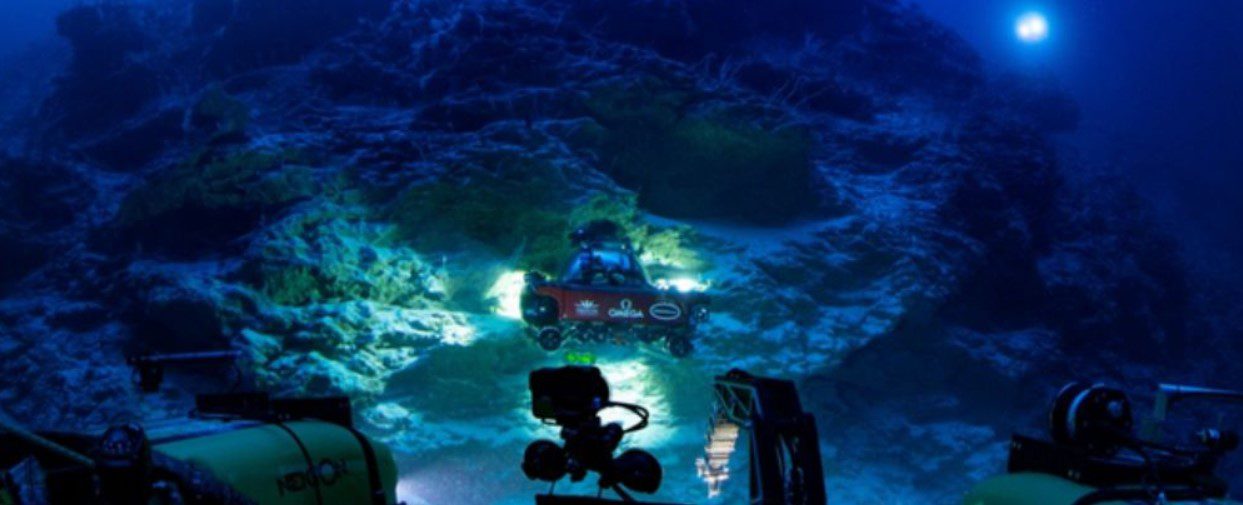A new, thriving ecosystem that has never been seen before was discovered during a recent underwater trip near a deepwater seamount in an archipelago in the Maldives.
Researchers praised the discovery and dubbed it “The Trapping Zone,” a 500-meter-deep world where giant fish gather to eat tiny nekton. Read out below for all the intriguing details and learn the importance of the marine ecosystem.
What Could an Ocean Hide?
A recent submarine trip around a seamount in the archipelago’s deep waters has uncovered a brand-new, flourishing ecosystem that scientists claim has never been seen before. What’s more curious is that the discovery is quite unusual yet fascinating.
The Nekton Maldives Mission is the first investigation to map the Maldives’ deep seas thoroughly. The Maldives is a series of 26 coral atolls southwest of Sri Lanka and India. Quite impressive, isn’t it? But there’s more!
Check out the video below and learn more about the discovery of The Trapping Zone:
Alex Rogers is a marine scientist at the University of Oxford. He released a statement explaining:
The Trapping Zone is creating an oasis of life in the Maldives and it is highly likely to exist in other oceanic islands and also on the slopes of continents.
If the Maldives have such an environment, other oceanic islands with comparable undersea architecture will likely have it. And that would be so significant for future missions. For example, much of what we know about micronekton comes from the 1960s and 1970s. So, you can understand that everything is a bit outdated.
However, scientists have recently begun paying the micronekton greater attention thanks to new data and bold scientific missions. They could learn a lot more about these understudied species thanks to The Trapping Zone, which might also lead to improved ocean conservation methods.
The mission is a partnership between the Government of the Maldives, researchers from the University of Oxford, and a non-profit research institute of the same name.












Leave a Reply